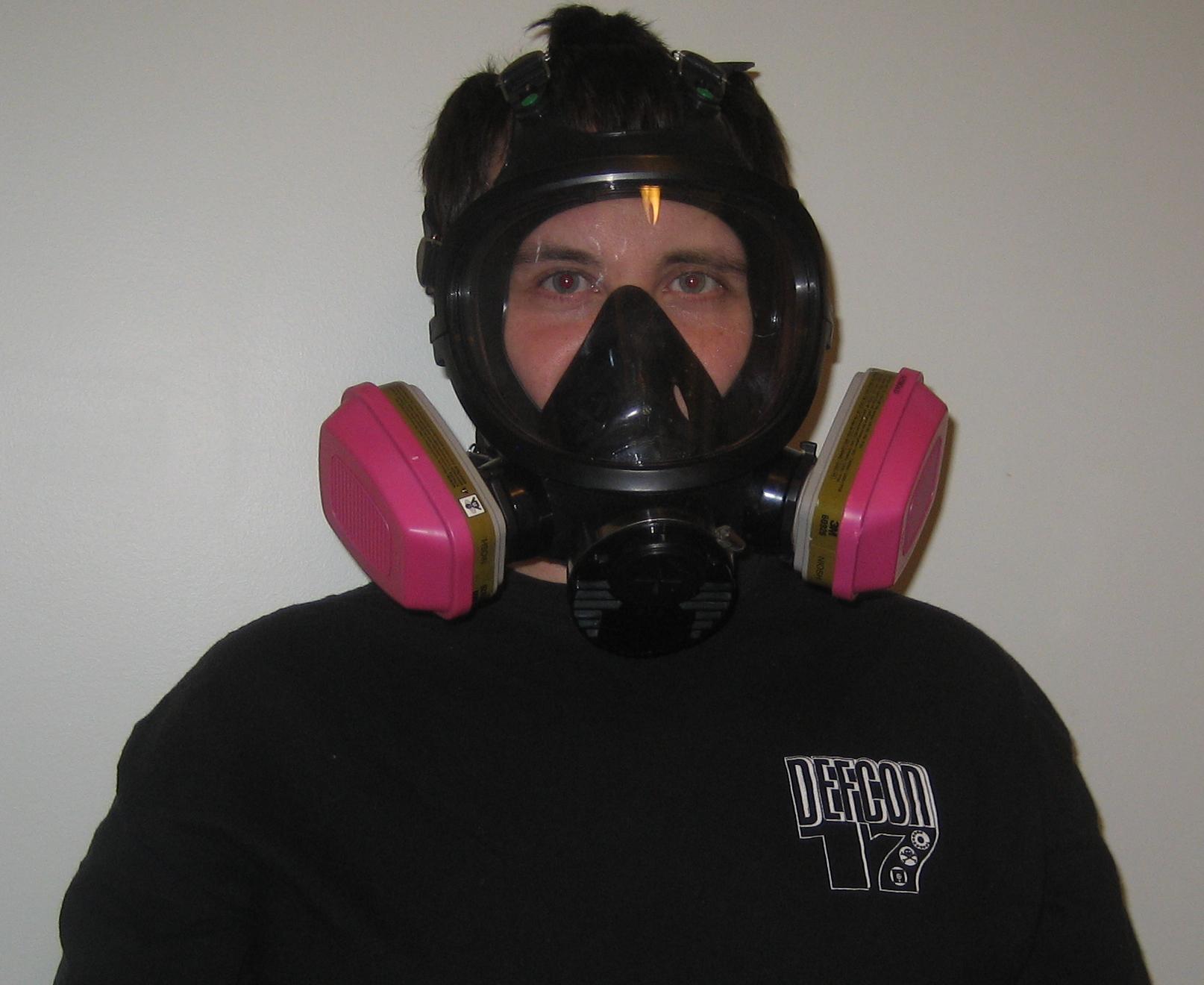Table of Contents
Relevant info on misc chemicals you might encounter. The goal of this page is not to present a comprehensive list of chemicals but rather to highlight some useful chemicals and some key points.
Different chemicals and why you might want them
Acetic acid
Delayering: component of standard wet etch. Used as a dillutant in preference over H2O, so vinegar isn't of much use.
Acetone ((CH3)2CO)
General cleaning
Ammonium fluoride (NH4F)
Delayering: buffered oxide etching (BOE) buffer salt
Chromium trioxide (CrO3)
Delayering: component of various wet etch solutions
Copper nitrate (Cu(HNO3)2)
Delayering: Wright etch
Hydrochloric acid (HCl)
Delayering: reduces insoluble products in buffered oxide etching (BOE)
Hydrofluoric acid (HF)
Delayering: component of all wet etches Can be stored in polymethylpentene (PMP), polyethylene (PE), and Teflon (PTFE). [Isotropic Silicon Etching using HF/Nitric/Acetic Acid (HNA)]
HF is notably toxic
See HF for more details
Isopropanol (Isopropyl alcohol (IPA))
General cleaning
Nitric acid (HNO3)
Decapsulation. Info on making: hno3
Potassium dichromate (K2Cr2O7)
Delayering: Secco etch
Sulphuric acid (H2SO4, 98%)
Decapsulation: usually bare die, especially for tough epoxies
Tetramethylammonium hydroxide (TMAH)
Silicon etchant, maybe useful for delayering
Health
TMAH poisoning study https://snf.stanford.edu/SNF/materials-and-chemicals/msds-std-chemicals/liquid/tetramethylammonium-hydroxide-tmah/TMAH.PDF/at_download/file
Water (deionized (DI))
General cleaning
References
- Isotropic Silicon Etching using HF/Nitric/Acetic Acid (HNA): http://engineering.tufts.edu/microfab/index_files/SOP/SiliconEtch_HNA_SOP.pdf
Safety
Hydrofluoric acid
- Health: 4
- Flammability: 0
- Instability/reactivity: 2
- Other: corrosive
WARNING: probably the most dangerous chemical you might encounter for this work. Suggest use of fully body protection including gloves, acid gas respirator, and frontal protection. Contact can include causing excruciating pain from dissolving bones, severe burns, cardiac arrest, and more. It may be useful to keep calcium gluconate (2.5% gel) handy to increase chance of survival in case of contact. Seek IMMEDIATE medical attention. It is unknown how over the counter HF from Whink rust remover compares to concentrate in terms of necessary safety precautions.
Nitric acid
- Health: 4
- Flammability: 0
- Instability/reactivity: 0
- Other: oxidizer
- Causes severe burns.
Sulphuric acid
- Health: 3
- Flammability: 0
- Instability/reactivity: 2
- Other: reactive to water
- Causes severe burns.
Hydrogen peroxide
- Health: 3
- Flammability: 0
- Instability/reactivity: 2
- Other: oxidizer
- Strong oxidizer. Even low concentrations can be dangerous when mixed with certain chemicals.

